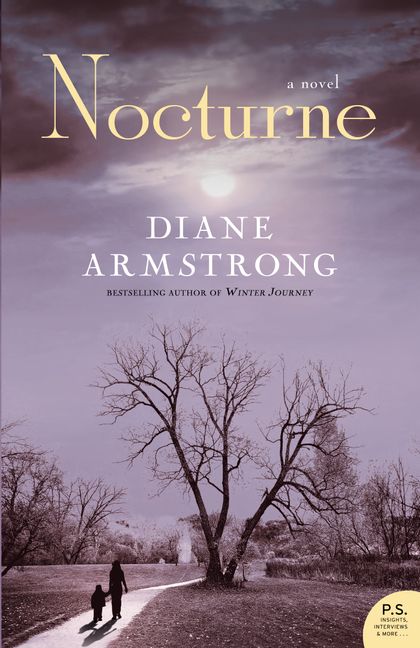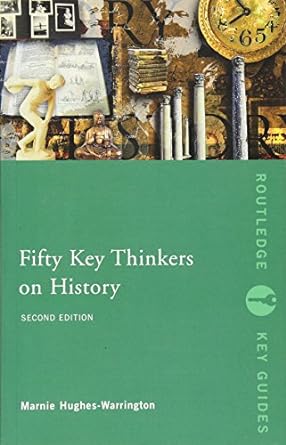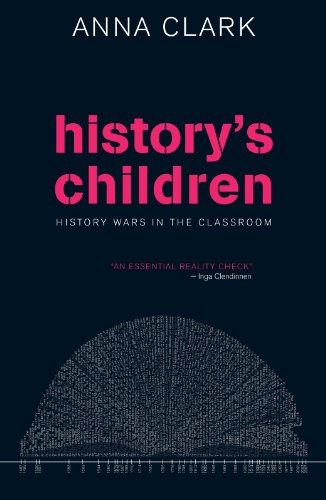History
An Antarctic Affair: A story of love and survival by the great-granddaughter of Douglas and Paquita Mawson by Emma McEwin
Antarctic exploration began with Captain James Cook’s circumnavigation of the continent (1772–75) and continued intermittently until the first two decades of the twentieth century. Douglas Mawson’s three expeditions coincided with what has been called the ‘heroic era of Antarctic exploration’, beginning with Robert Falcon Scott’s British National Antarctic Expedition (1901–4) and ending with Ernest Shackleton’s Imperial Trans-Antarctic Expedition (1914–17). Four out of the twenty expeditions undertaken in this period stand out: those of Roald Amundsen, Mawson, Shackleton and Scott. However, the present-day polar adventurer Ranulph Fiennes has argued that Mawson did not achieve the fame of the other three, even in Australia, because he survived his explorations and died in old age.
... (read more)Arthur Blackburn, VC: An Australian hero, his men and their two world wars by Andrew Faulkner
In the days of the Great Anzac Revival, it is unusual to find an Australian VC who has not been the subject of a biography. Here we have one of the most famous of them all – Arthur Blackburn (1892–1960). I was surprised to find that this is the first biography of him.
... (read more)Ever, Manning: Selected letters of Manning Clark 1938–1991 edited by Roslyn Russell
In death, as in life, Manning Clark casts a long shadow. The author of A History of Australia (1962–87) remains a figure of considerable interest and contention in intellectual and cultural debate. Clark’s imposing oeuvre has its detractors and admirers. In pioneering a fresh and richly imagined awareness of national history for a post-World War II generation of Australians, Clark was an inspiring teacher. He encouraged his students to work with primary source materials. In doing so he assembled for publication three volumes of Australian historical documents that brought the underpinnings of Australian history into the ken of general readers. The publication of these documents served as something of a dress rehearsal for the great task Clark set himself: to write a version of the Australian story he conceived in grandeur and tragedy, nobility and ordinariness. As Carl Bridge has noted, Clark’s History has been seen by some as ‘a majestic blue gum of Australian historical scholarship’, and by others as ‘gooey subjective pap’. With the appearance of each volume, reviewers were sharply divided about the merits of Clark’s style, his interpretation, and even the veracity of his history. But while doubts remain, distance has conceded to the History its standing as a work of literature of the imagination that might sit in the same company as the paintings of Arthur Boyd and Sidney Nolan, or the novels of Patrick White.
... (read more)Phnom Penh: a cultural and literary history by Milton Osborne
Milton Osborne began his observations of Phnom Penh as a junior Australian diplomat from 1959 to 1961. Norodom Sihanouk presided over a town influenced by a powerful French cultural presence, a buoyant Chinese commercial sector, Vietnamese clerks, Cambodian civil servants, teachers and bonzes, and free-spending Americans. Osborne returned in April 1966 as a Cornell graduate student, then each year until 1971, the year after Sihanouk was deposed and four years before the terrible entry of Pol Pot’s forces. For a short time during Vietnam’s occupation of Cambodia, he worked as a consultant to the United Nations High Commissioner for Refugees on the Thai border, and in 1981 returned to a run-down city full of squatters. In subsequent years, Osborne saw a dispirited and exhausted city regain its self-confidence and some of its joie de vivre, in spite of a government (like others in Asia), rampant with corruption and intolerant of challenges to its power.
... (read more)Diane Armstrong is a prolific, award-winning journalist whose book-length publications began with a memoir of family history, Mosaic (1998), and The Voyage of their Life (2001), set on the SS Derna, which brought Polish-born Armstrong, her parents and 500 refugees to Australia in 1948. In 2004 Armstrong turned to fiction with Winter Journey, about a Polish-Australian forensic dentist. Now we have Nocturne, which, although it features one or two Australian characters, takes place in Warsaw, England and Germany during World War II. It is a gallant and gut-wrenching story but a difficult book to review, because it suffers from inadequate editing.
... (read more)Andrew Rotter does not usually write about nuclear weapons. The Colgate University Charles A. Dana Professor of History is known for his works on twentieth-century American diplomatic history. He was approached, ‘out of the blue’, by David Reynolds in the summer of 2001, just before the attack on the Twin Towers. Reynolds, well known for his writings on the so-called ‘special relationship’ between the two English-speaking powers on either side of the Atlantic, was advising Oxford University Press on its series of the significant events of the twentieth century. Few events were more significant than the use of a nuclear weapon on Hiroshima in August 1945.
... (read more)Fifty Key Thinkers on History: Second Edition by Marnie Hughes-Warrington
Written by Marnie Hughes-Warrington, of Macquarie University, this is essentially a text for both students and teachers studying ‘historiography’, which, according to my dictionary, is writing about history, rather than historians ‘making’ history, as is sometimes said here. Enthusiasm for the first edition of Fifty Key Thinkers on History (2000) has brought forth this new edition and shifted its emphasis more towards ‘historiography’. Indeed, a new introduction – ‘What Is Historiography?’ – suggests four different approaches to the subject.
... (read more)A River Kwai Story by Robin Rowland & The Men of the Line by Pattie Wright
These two books on the building of the Thai–Burma railway in World War II are very different in format and tone. Australian film-maker Patti Wright’s Men of the Line is an exquisitely designed collection of stories and images by Australian prisoners of war who were forced to build the railway for their Japanese captors. Wright describes her book as ‘a tribute to the ex-POWs who experienced the best and worst that human nature can offer and returned to tell the tale’. Canadian journalist Robin Rowland’s A River Kwai Story: The Sonkrai Tribunal is a solidly researched investigation that concentrates on F Force, the group of Australian and British prisoners that suffered the worst death rate on the railway, and the postwar war crimes trial that found seven Japanese soldiers guilty of the ‘inhumane treatment’ of these men. Rowland concludes that the Japanese did commit war crimes; she also exposes failures by Australian and British officers that increased the POWs’ suffering.
... (read more)This is an honest, modest report of what students and teachers across the country think about the teaching of Australian history in schools. Anna Clark has allowed her subjects to speak for themselves; being a scrupulous historian, she has not edited their offerings. So we hear words like these: ‘Now they’re having like record numbers [at Anzac Day], and like huge ceremonies all over Australia and they’re like young people that respect it’; and ‘Reading a textbook, when you have to like read three pages of a textbook, and then the teacher’s like, “Do the questions”...’ An enduring value of this book will be its record of teenagers’ spoken English in the first decade of the twenty-first century. It makes for rather tiresome reading, but it is salutary to be constantly reminded of where students are at, like.
... (read more)Changing Clothes in China: Fashion, History, Nation by Antonia Finnane
The juxtaposition of the three words ‘fashion,’ ‘history’ and ‘nation’ in the title of Antonia Finnane’s study of Chinese clothing indicates the ambitious nature of her richly illustrated book. Her account is an engaging one, based in detailed analysis of the social and political circumstances that shaped not only what people wore but the body shapes they cultivated as well. Finnane, an associate professor of history at the University of Melbourne, tells us that her narrative of vestimentary change across a century or more in China is aimed at showing how ‘the relationship between national politics and fashion is not simple, predictable or steady’, in tandem with an analysis of how technology, industry, commerce and modern communications each played a significant part in changing Chinese styles of dress.
... (read more)










